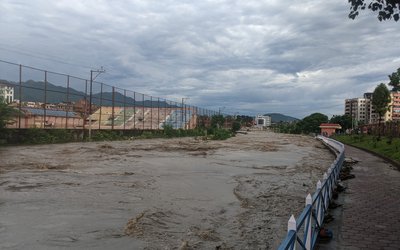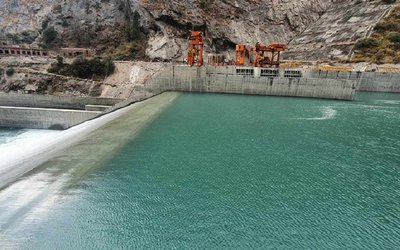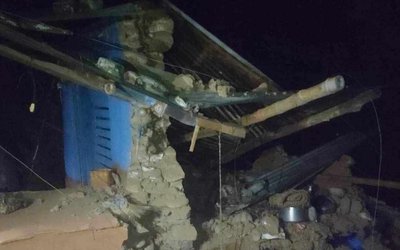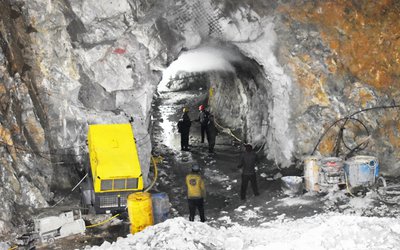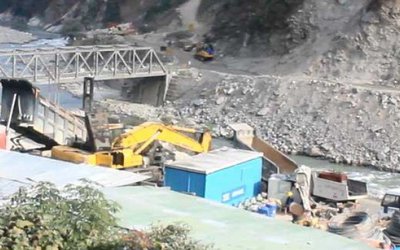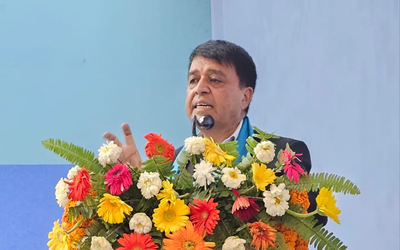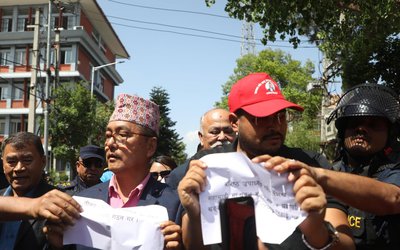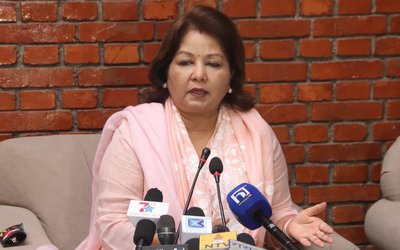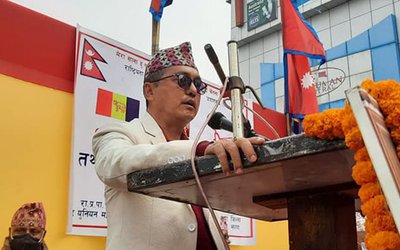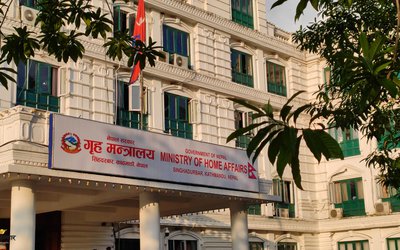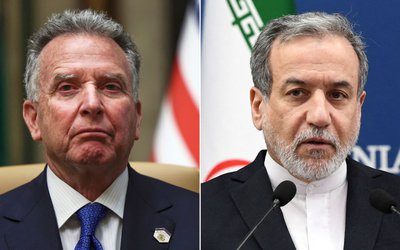
With so much of conditions, cost for rehabilitation of displaced populations, issues of market and high risk, the China Three Gorges International (CTGI) has finally pulled out of Nepal’s West Seti Hydropower Project.
Strategically, it may prove to be a turn-around for India since it has lost a major chunk of infrastructure projects in Nepal to Beijing. Indian media responded by urging their government to grab the project.
Given the finance involved in the project and the nature of geology, it is not easy for India and Indian company to poke in the project. For the last three years, Indian Company GMR has been extending the periods of construction, one after another, because of lack of market for its electricity.
Recently, the price of hydro electricity has gone up against the solar which is much cheaper. The $1.2 billion West Seti project was Nepal's first reservoir-type hydropower project and was slated to be completed in 2019 by the Chinese state-owned firm China Three Gorges International (CTGI). However, CTGI has decided to abandon the project citing economic non-viability despite assurances from the Nepalese government on capacity optimization and a US dollar power purchase agreement.
“We failed to conclude the negotiation…We will take the issue to the board, which is chaired by the prime minister, who will make the final decision," Maha Prasad Adhikari, the CEO of Nepal's Investment Board, was quoted as saying by the Kathmandu Post.
Officials present at the negotiations between Nepal government and CTGI claimed that the Chinese firm did not display any intent to move forward with the project as it termed the project commercially unviable even though Nepal had offered to reduce the capacity of the hydro project by 20% to 600 MW and extend the power purchase agreement from 10 years to 12 years.
It is being supposed that the real reason behind the Chinese firm's exit was India's unwillingness to purchase power from the project. This was indicated in a joint statement in May wherein India and Nepal had agreed to enhance bilateral cooperation in the power sector in line with a bilateral Power Trade Agreement. India was supposed to purchase 90% of the power from the West Seti Project.
Earlier this year, India's state-owned Satluj Jal Vidyut Nigam started work on the 900 MW Arun-III hydro-electric project in Nepal, which was seen as a reset in bilateral ties that had soured since India imposed an unofficial economic blockade in 2016.
China had entered Nepal's hydro-electricity sector over which India once held a monopoly by taking up the West Seti project in 2012 after Australia's Snowy Mountain Company failed to raise enough funds for the project.
Following the 2016 economic blockade, China attempted to establish a stronger footing by signing an agreement for several other projects with the Himalayan country that has the potential to generate over 40,000 MW of hydropower. However, with the West Seti agreement falling through, it is feared that projects like the $2.5 billion Budhi Gandaki in central-western Nepal may also face the same fate.
- NEPAL-THAILAND: Joint Business Council
- Apr 13, 2025
- BIMSTEC SUMMIT: Nepal’s Stand
- Apr 11, 2025
- IME GROUP: Expands Into Paper Industry
- Mar 24, 2025
- CPN UML: Instigated By India
- Mar 23, 2025
- ADB’S CHIEF ECONOMIST: Nepal Reduces Poverty
- Mar 11, 2025
